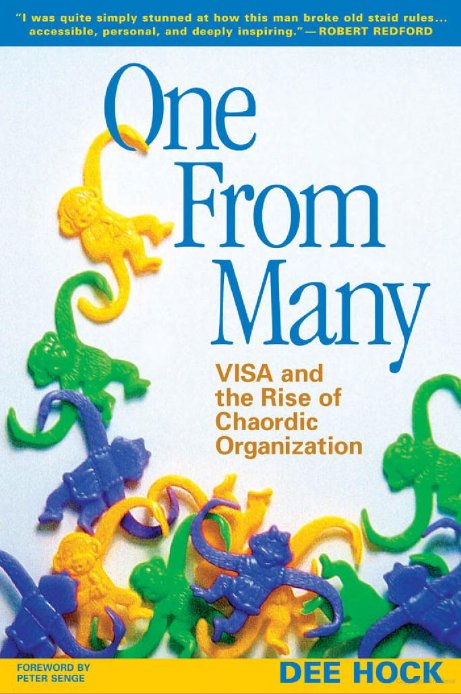Corporation 2.0 – Part I

Conway’s Law is an adage named after computer programmer Melvin Conway, who introduced the idea in 1968:
“...organizations which design systems
… are constrained to produce designs
which are copies of the communication
structures of these organizations.“
A practical application of this concept has been the version by Eric Raymond stating that:
“If you have four groups working on a compiler,
you’ll get a 4-pass compiler”
Reflecting upon Conway’s Law in the context of comparing the software development paradigms of
- Close Source Waterfall versus
- Open Source Agile
raises the suspicion that the institutional organizations that produce each one of these paradigms must somehow be mirroring the characteristics of those methodologies.
In particular, it will be no surprise to find that closed source waterfall methodologies are favored by rigid institutions driven by strict command-and-control structures of management, while open source agile methodologies are favored by lean, flexible, nimble institutions that allow for autonomy and self-direction to their members.
Could it be possible then, that an organizational paradigm of human institutions has been hiding in plain view in the behaviors and patterns that are characteristic of Open Source communities ?
Could it be possible that the superior capability that open source communities have to deal with problems of very large complexity is an invitation to abstract their organizational structures and to use them to model a more modern type of institution capable of replacing the current “corporation” ?
Maybe a new sort of Corporation 2.0 that could replace our current Corporation 1.0 that we have been dragging since the industrial revolution and that is less and less suitable for dealing with the challenges of the Information Age?
The answer is “YES !”
and not only
“Yes, it is possible”,
but
“Yes, it has been done, and it works great !”.
In his book
“One from Many: VISA and the Rise of Chaordic Organization”

Dee Hock, (former CEO of VISA International) walks us through the evolution of NBI and later VISA, and shows us how they were models of a new type of organization that unleashes human creativity and potential, yet delivering handsome economic rewards. Hock calls this the “Chaordic” organization, a composed word of “Chaotic” and “Ordered”, and after reading his book, it becomes quite clear that this is the pattern upon which we can model the modern institution of a Corporation 2.0.
The success of the Chaordic organization is incontestable.
“In 1969, Visa was little more than a set of unorthodox convictions about organization slowly growing in the mind of a young corporate rebel. In 2004, its products are crated by 21,000 owner/member financial institutions and used by more than a billion people to purchase $3.2 trillion of goods and services at 20 million merchant locations in ore than 150 countries, the largest block of consumer purchasing power in the global economy. For thirty-five years, it has grown from 15 to 50 percent compounded annually, with no end in sight.”
page. xv
This text above was written in 2005,
so we did our homework and looked at the most recent VISA corporate brochure:
- Visa Inc. operates the world’s largest retail electronic payments network,
- with $5.4 trillion transacted on payment products (credit cards, debit cards…)
- 15,500 Financial institution clients
- 1.90 billion Visa cards
- $5.4 trillion Total volume
- $3.4 trillion Payments volume
- 1.8 million ATMs
VISA however, departed from its visionary organizational roots in 2006 to become a standard publicly traded company. Before that, VISA was owned by a large collection of financial institutions, each one of which could only gain ownership by becoming a member of the VISA network. As Hock points out in his book, VISA was in fact owned by 21,000 institutions in 2004.
By design, NBI and VISA were organized in such a way that no single member institution could exert excessive control over the whole. This was a requirement to create the environment of trust needed to bring a large majority of financial institutions on board.
The most ironic feature of VISA, in my view, is that it managed to convince thousands of financial institutions to collaborate, despite the fact that they continued to compete against each other at other levels. Given that financial institutions are the prototypical self-interested, individualistic, profit maximizer, organization; we can sense that here lays a lesson of great significance:
No matter how competitive a set of organizations might be,
there are always areas in which it is in their best mutual interest to collaborate.
In this series of blogs we will walk through some of the key concepts in Hock’s vision for the Chaordic organization, and will explore how they apply to the organizational structure and governance of Open Source communities.